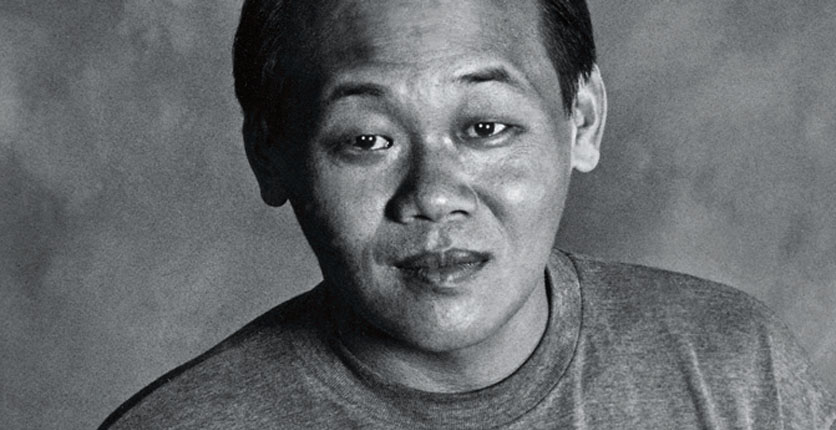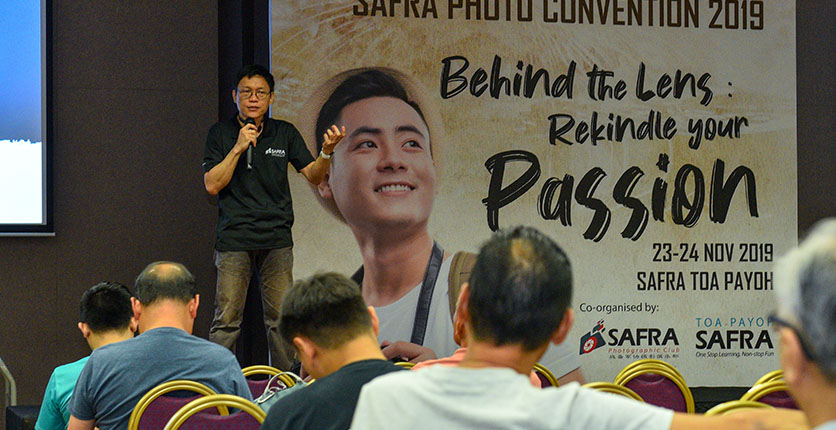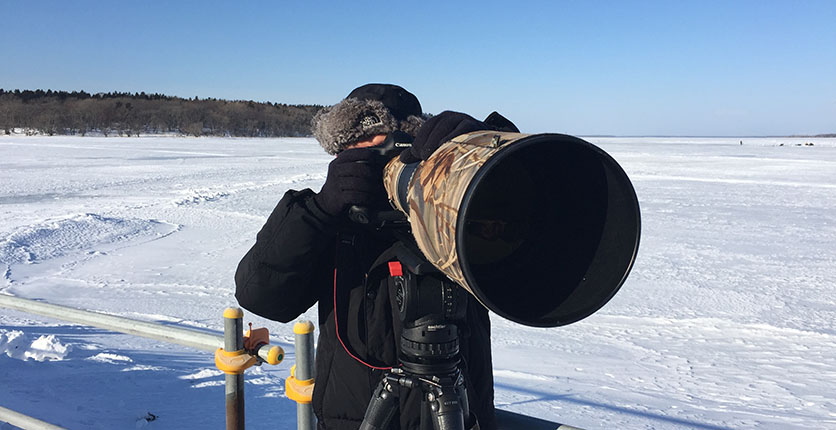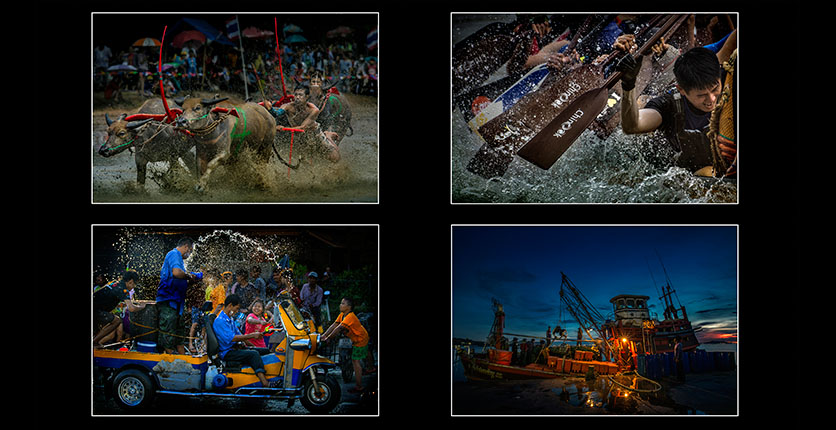The first camera Desmond Teo ever bought, in 1988, was a Minolta. As a novice, everything he shot was done so using a programmed mode. “It was just for fun,” recalled Desmond, 54, whose growing interest in photography saw him enrolling subsequently in a basic photography class at a community club. His first instructor was Yip Hoi Kee, a founding member of the SAFRA Photographic Club, who guided him on the techniques used for basic photography.
Further intrigued by the intricacies of photography, Desmond later attended a monochrome photography course organised by the club, which was taught by Denis Lim and Hoi Kee. “At the time, I was just hoping to learn film processing and to print my own photos,” he says. “My skills improve a lot from the monochrome class, including my printing skill and technical knowledge of the camera. “I was judged the best student for my class, and went on to be the best student in the club’s studio and colour courses.”
By the end of that course, Denis had seen something in Desmond and approached him to be a member of the club’s committee. In the two decades since, he has assumed a variety of roles, including club chairman, and his current portfolio as committee member for competitions and instructor of the club’s monochrome photography course. A judge for national and international photography competitions, he was named Ngee Ann Photographer of the Year in 2010.
What advice would you give your students?
I always tell them not to have high hopes of winning a photography competition. Photography is very subjective. [As a judge myself], I will try my best to look at the basics of photography, whether it is in colour or black and white. The judging panel may make up three or more people with their own likes and dislikes. In a competition, it is always 50 percent your technical skills and 50 percent luck. Just enjoy the process, whether you win a prize or not.
What challenges does the club face?
For most of our local competitions, we need to look for sponsors [to help cover costs, beyond the income received in membership dues]. For overseas ones, participants usually go at their own expense. We have numerous activities lined up: an annual members’ competition, the biennial SAFRA Photographer of the Year competition, the biennial SAFRA Photo Convention, and monthly outings or studio shoots. This coming April, I’m organising a photography trip to Miri, Sarawak.
What are the club’s proudest achievements?
It is now one of the five most well-known photographic clubs in Singapore. We have been invited to take part in national projects in Singapore, such as for books Today Singapore and To Singapore with Love. We have also been involved in National Day commemorative book projects for many years, and our members’ works, which have won awards at home and abroad, have been exhibited in Italy, Hong Kong and China.
What are your aims for the future?
I would like to thank our honorary advisers, Yip Hoi Kee and Foo Tee Jun, for their invaluable guidance and advice these past 20 years. Also, a big thank you to SAFRA Photographic Club’s past and present volunteers and advisers. We need to boost the younger generation and youth involvement in our club. After so many years in the committee, I see that we need to infuse the committee with new blood and new ideas.







